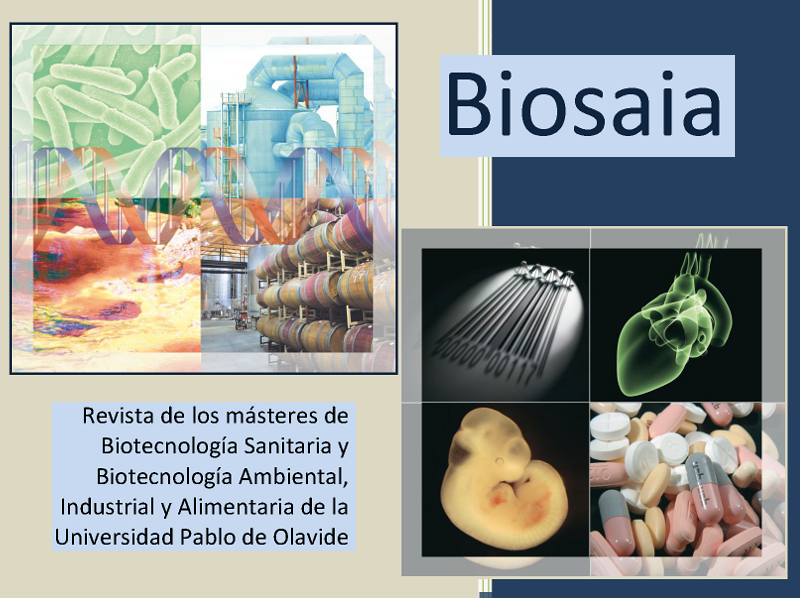Mitochondrial membrane Protein-Associated Neurodegeneration (MPAN): Pathophysiological characterization and pharmacological screening for potential therapies
Palabras clave:
Brain Iron Accumulation; MPAN; C19orf12; cocktails.Resumen
Neurodegeneration with Brain Iron Accumulation (NBIA) is a group of different rare disorders in which iron is accumulated in the brain, especially in the basal ganglia and substantia nigra. Prevalent symptoms are dystonia, spasticity and neuropsychiatric disorders. In the current study, we focused on Mitochondrial-membrane Protein-Associated Neurodegeneration (MPAN) which is a subtype of NBIA caused by mutations in the C19orf12 gene. This gene encodes a protein located in the external membrane of the mitochondrial of unknown function. However, it is proposed that C19orf12 could be implicated in fatty acid biosynthesis, calcium exchange, coenzyme A biosynthesis or mitophagy. From a genetic point of view, the disease is autosomal-recessive, although cases of autosomal-dominant inheritance have been described.
Motivation: Nowadays, there is not an effective treatment for these patients, therefore it is very important to study the pathophysiology of MPAN and search for potential therapies.
Methods: We studied the pathophysiological alterations in MPAN using fibroblasts derived from three confirmed patients identified as MPAN1, MPANH and MPANB, the first two with the same mutation (p.Gly69Arg) and MPANB with another one (p.Gly58Arg) but all of them from different countries. In order to achieve this aim, pathophysiological mechanisms will be studied examining protein expression levels of several cellular pathways by Western blotting and iron accumulation by Prussian Blue staining.
Results: We found iron accumulation and alteration of several pathways in the cellular models. In addition, we found two pharmacological cocktails that both reduced iron accumulation and corrected all pathological alterations.
Conclusions: Fibroblast cell cultures derived from patients are interesting cellular models for both disease modelling and pharmacological screenings but it is neccesary further studies to confirm the results and to establish the mechanism of action of the two pharmacological cocktails and their use as medical therapies.
Descargas
Citas
Alvarez-Cordoba M, Villanueva-Paz M, Villalón-García I, Povea-Cabello S, Suárez-Rivero JM, Talaverón-Rey M, et al. Precision medicine in pantothenate kinase-associated neurodegeneration. Neural Regen Res 2019;14:1177-85. doi:10.4103/1673-5374.251203.
Hartig MB, Iuso A, Haack T, Kmiec T, Jurkiewicz E, Heim K, et al. Absence of an orphan mitochondrial protein, C19orf12, causes a distinct clinical subtype of neurodegeneration with brain iron accumulation. Am J Hum Genet 2011;89:543-50. doi:10.1016/j.ajhg.2011.09.007.
Venco P, Bonora M, Giorgi C, Papaleo E, Iuso A, Prokisch H, et al. Mutations of C19orf12, coding for a transmembrane glycine zipper containing mitochondrial protein, cause mis-localization of the protein, inability to respond to oxidative stress and increased mitochondrial Ca2+. Front Genet 2015;6:1-14. doi:10.3389/fgene.2015.00185.
Descargas
Publicado
Cómo citar
Número
Sección
Licencia

Esta obra está bajo una licencia internacional Creative Commons Atribución-NoComercial-CompartirIgual 4.0.





